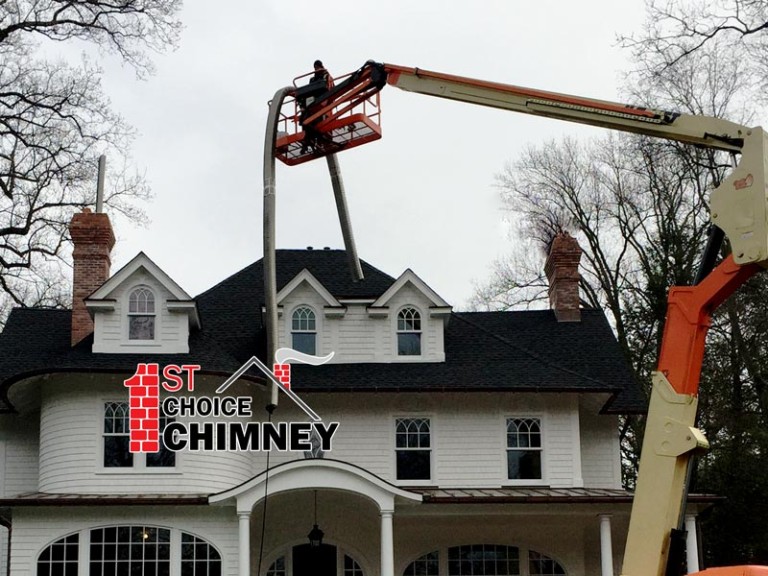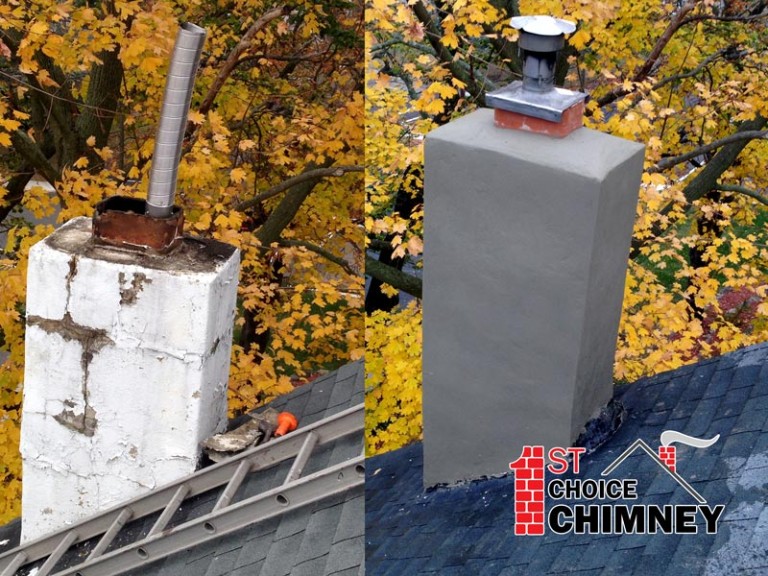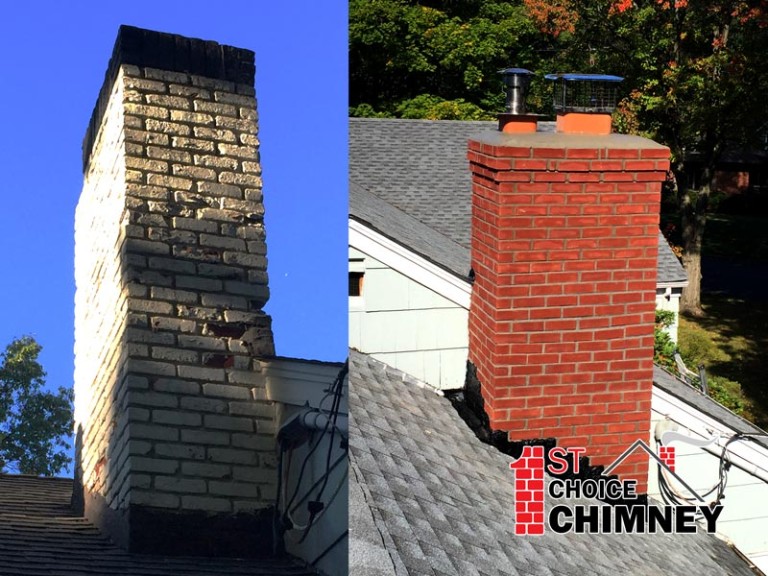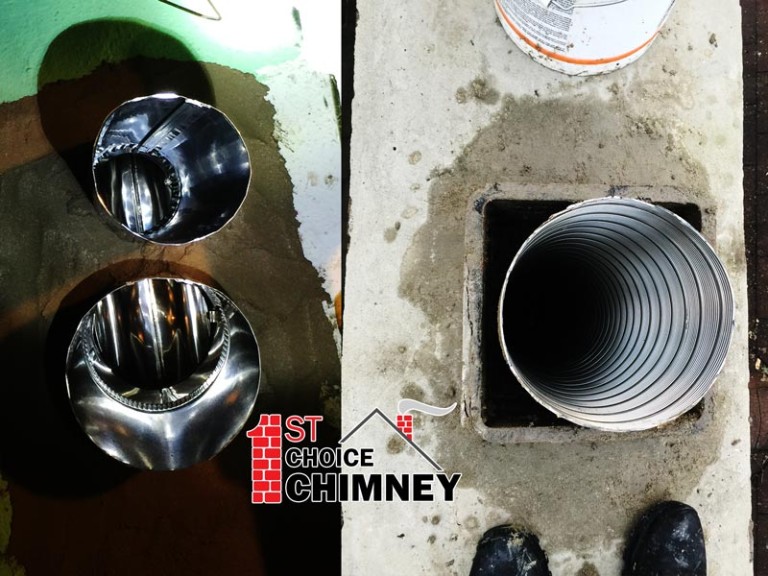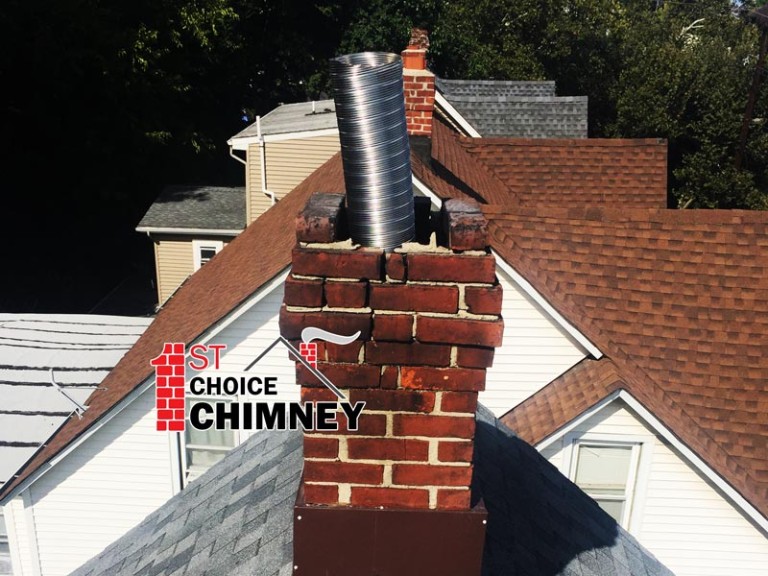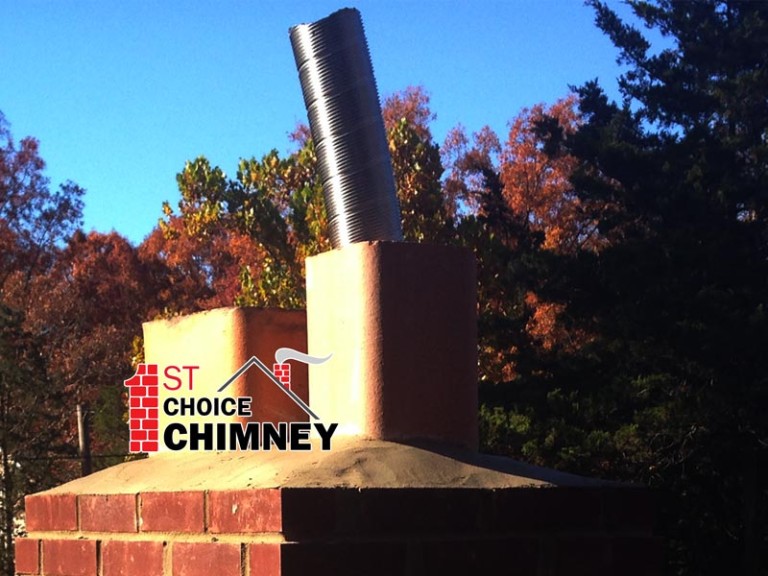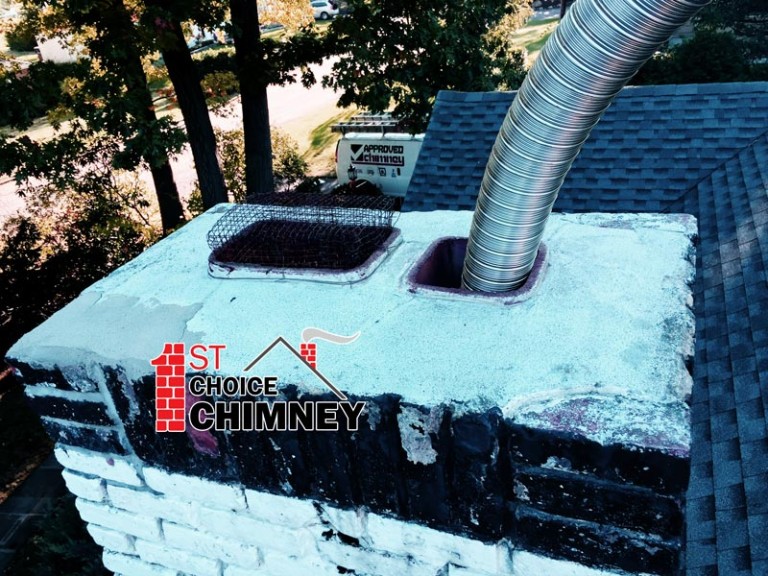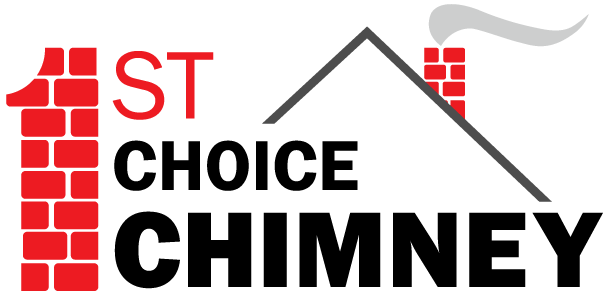Chimney Sweep
The continued popularity of fireplaces and wood-burning stoves. It means homeowners should be far more diligent about regular chimney sweeping and maintenance.
According to the Consumer Product Safety Commission, a Federal agency, some 70,000 residential fires each year are associated with defective or clogged chimneys, you need chimney sweep. Those fires originate only in part from a lack of regular cleaning. Deterioration is equally responsible.
Recognizing the importance of chimney maintenance, a growing number of condominium associations are requiring members to arrange for an annual inspection of each chimney inside the unit.
There is no single answer for how often a chimney should be cleaned. The National Fire Protection Association (NFPA) recommends that chimneys be inspected at least once a year and cleaned as necessary.
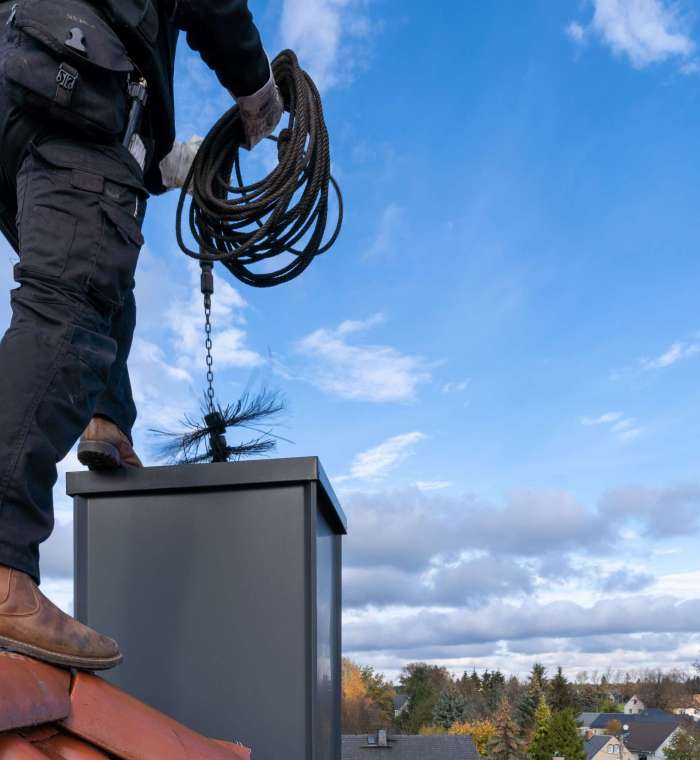
Expert Chimney Sweep Strategies
The required cleaning frequency will depend on amount of use, the type of installation, the type of fuel, and the burning habits of the homeowner. Chimneys should be cleaned when accumulations of soot and creosote approach or exceed 1/4 inch. Accumulations of glaze in excess of 1/8 inch should be removed. Frequent, at least annual, inspections are the only way to know when the chimney requires cleaning. We employ a variety of cleaning techniques to remove chimney deposits. The method chosen or recommended for your chimney will depend on the type of deposits. Several cleaning methods are described below:
This is the standard or normal cleaning method and involves the use of brushes to clean the chimney walls. A powerful, well filtered vacuum is used to prevent soot and creosote from entering the home. This type of cleaning is effective for soot and ordinary creosote deposits but has little effect on glaze deposits.
Mechanical cleaning involves the use of wire brushes, plastic cables or special chains rotated at high speed by an electric motor. Mechanical cleaning is often employed to remove hard creosote or glaze deposits.
Some cases where it is impossible to sweep the chimney by Standard or Mechanical sweeping it is necessary to use chemicals that help loosen and dissolve heavy creosote and glaze deposit. These cases are rare but necessary in some situations.
FAQs
Have a question? We have the answers.
During a chimney sweep service, you can expect a thorough inspection followed by a careful cleaning. The sweep will remove any soot, debris, and creosote, ensuring your chimney is safe and ready for use. It’s a clean sweep for a cozy, warm home!
Absolutely! A chimney sweep can remove blockages and buildup, allowing your fireplace to breathe and burn more effectively. It’s like clearing out clogged pipes to get a smooth flow.
At 1st Choice Chimney, we stand by the NFPA’s recommendation of an annual inspection. This regular checkup is key to identifying any issues early and keeping your fireplace running smoothly year after year.
Our team at 1st Choice Chimney utilizes the latest techniques in Standard, Mechanical, and Chemical sweeping to ensure a thorough clean. We tailor our approach to your chimney’s specific needs, leaving no soot or debris behind.
Absolutely! 1st Choice Chimney specializes in deep-cleaning even the most neglected chimneys. We’ll restore your chimney’s cleanliness and function, no matter how long it’s been since the last service.
When you pick 1st Choice Chimney, you’re not just getting a chimney sweep—you’re choosing peace of mind. Our experts bring a blend of meticulous care and deep knowledge to every job, ensuring your fireplace is clean and your home is safe.
Skipping a chimney sweep could invite a buildup of creosote and soot, which can lead to chimney fires. It’s a bit like avoiding dentist appointments—neglect can lead to bigger issues down the road.
Our Recent Works
Project Gallery
